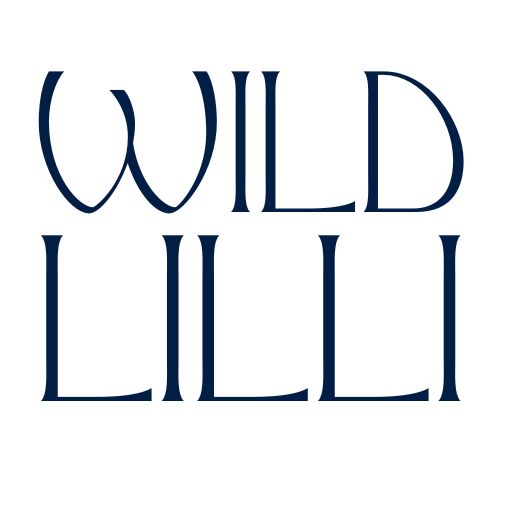
10 art styles - their definitions and examples
Share
Here are ten examples of art styles. Over time many more have developed, and each genre offers unique perspectives, techniques, and aesthetics, contributing to the rich diversity of artistic expression.
1. Abstract Art:Definition: Art that does not attempt to represent an accurate depiction of visual reality. It often emphasizes colors, shapes, forms, and gestural marks.
Examples: Works by Wassily Kandinsky, Piet Mondrian, Jackson Pollock.
2. Realism:
Definition: Art that aims to depict subjects as they appear in reality, with a high level of detail and accuracy.
Examples: Paintings by Gustave Courbet, Jean-Baptiste Chardin, Andrew Wyeth.
3. Impressionism:
Definition: Art movement characterized by capturing the fleeting effects of light and color, often with visible brushstrokes and an emphasis on atmospheric qualities.
Examples: Works by Claude Monet, Edgar Degas, Pierre-Auguste Renoir.
4. Cubism:
Definition: Art movement that emphasizes geometric shapes, multiple viewpoints, and fragmented forms to depict subjects from various angles simultaneously.
Examples: Paintings by Pablo Picasso, Georges Braque, Juan Gris.
5. Surrealism:
Definition: Art movement that explores the realm of dreams, the unconscious mind, and irrational juxtapositions of elements.
Examples: Works by Salvador Dalí, René Magritte, Max Ernst.
6. Pop Art:
Definition: Art movement that draws inspiration from popular culture and mass media, often using images and techniques from advertising and consumer products.
Examples: Works by Andy Warhol, Roy Lichtenstein, Claes Oldenburg.
7. Minimalism:
Definition: Art movement characterized by extreme simplicity and a reduction to fundamental geometric shapes, often with an emphasis on the materiality of the artwork.
Examples: Works by Donald Judd, Dan Flavin, Agnes Martin.
8. Expressionism:
Definition: Art movement that aims to convey emotions and subjective experiences through bold colors, distorted forms, and expressive brushwork.
Examples: Paintings by Edvard Munch, Ernst Ludwig Kirchner, Wassily Kandinsky (early works).
9. Renaissance:
Definition: Art movement that emerged in Europe during the 14th to 17th centuries, characterized by a revival of classical ideas and a focus on realistic representation, perspective, and human anatomy.
Examples: Paintings by Leonardo da Vinci, Michelangelo, Sandro Botticelli.
10. Abstract Expressionism:
Definition: Art movement that combines elements of abstract art and expressionism, emphasizing spontaneous, gestural, and intuitive approaches to painting.
Examples: Works by Jackson Pollock, Willem de Kooning, Mark Rothko.

